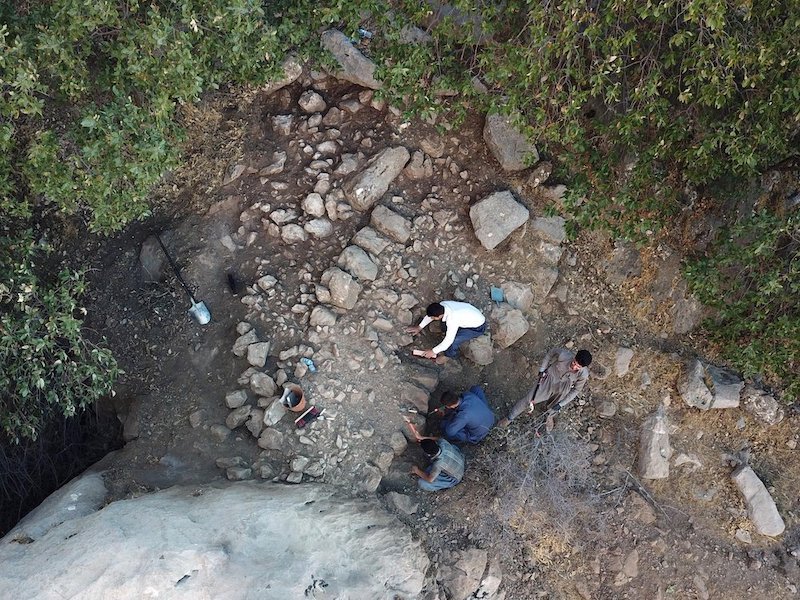New research uses rock reliefs and coins to link the Iraqi fortress of Rabana-Merquly with a vassal state of the Parthian Empire.
The Rabana-Merquly fortress in the mountains of northern Iraq has long puzzled archaeologists. Largely built in the 1st century BC and intermittently inhabited for hundreds of years, the site features towering rock reliefs of an unknown, ornately dressed ruler.
New research published in the journal Antiquity suggests that the figure was a king of Adiabene, a vassal state of the powerful Parthian Empire.
If so, the fortress may have been Natounia (or Natounissarokerta), a long-lost city named after Natounissar, the founder of the Adiabene dynasty, and known to exist only through a collection of 1st-century BC coins.
- Keep up your level? Couples with similar “desirability” are allegedly more likely to remain together.
- Biden’s diagnosis with COVID complicates the White House’s midterm campaign
There are no detailed historical references to Natounia, says lead author Michael Brown, an archaeologist at Heidelberg University in Germany. “Rabana-Merquly … is the largest and most impressive Parthian site in the region and the only one with royal iconography, so it is by far the best candidate.”

Brown and his colleagues tentatively identified the ruler as Natounissar based on similarities between the Rabana-Merquly reliefs and a statue of an Adiabene king at Hatra, 225 km to the west. According to the study, both depictions have distinctive fin-shaped hats, full beards, a raised right arm with the palm open “in a gesture of greeting”, pointed hanging belts, sleeveless capes and neck rings. The main difference between the works is the presence of a sword resting on the left hip of the Hatra statue.
“These rock reliefs are rare examples of near-life-size monuments to rulers from the Parthian period, and they allow us to associate this fortress with its builders,” says Brown.
Another key piece of evidence comes from coins that give the name of the lost city as “Natounissarokerta” – a combination of the king’s name and the Parthian word for a moat or fortification. The coins describe Natounia’s location as “on the Kapros,” or the modern Lower Zab River.

“This description could apply to Rabana-Merquly, which is located along a tributary of the Lower Zab,” Brown says in a statement.
According to the statement, the site consists of 8-meter-long fortifications and smaller settlements of Rabana and Merquly. Drone mapping as well as excavations conducted between 2009 and 2019 and 2022 revealed a number of structures, including military barracks and a religious complex that may have been dedicated to Anahita, the Persian goddess of water, fertility, health and healing.
“The latest work is important because we understand that all the various archaeological structures in the area – the fortress, the rock reliefs, the sanctuary – are parts of one huge fortified settlement. Some parts were known in the past, but we didn’t understand the relationship.”

The researchers argue that Rabana-Merquly fulfilled multiple purposes, acting as a military fortress, trading center, religious sanctuary, diplomatic center and, as Brown says, “a place of refuge in times of crisis.”
“The enormous effort it took to plan, build and maintain a fortress of this size speaks to the activities of the state.”
“While the evidence identifying Rabana-Merquly as Natounia is circumstantial, it is the most promising possibility for the lost city, which must be somewhere in the region.”


